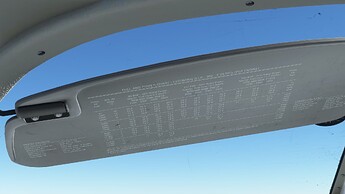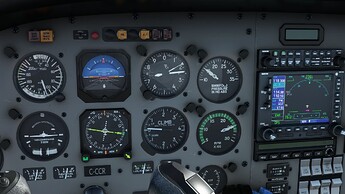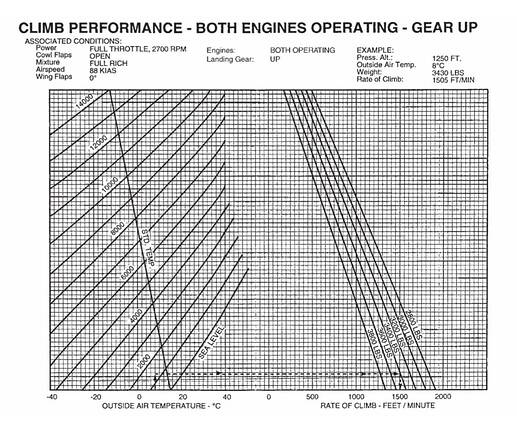By definition, as you approach the service ceiling, you will be very near the critical angle of attack. Any further increase will result in a stall. Those last 1000’ will be an extremely low climb rate and very near a stall. You will likely get indications of the stall (mushiness, turbulence as the flow separates at the wing root first, and stall warning) before you actually, fully stall.
That said, the first two indications are nearly impossible to simulate without tactile feedback, so we end up going right into the third. And the sim also has a tendency to overplay the effect of a stall, almost always immediately entering a violent, wing-dropping incipient spin as we get the warning.
I would fully expect an imminent indication of stall somewhere in the last few hundred feet of ceiling. And if you’re heavy, have a forward CG, or high density altitude, it’s going to happen far before 17,100’.
I had considerable, real-life trouble getting a Warrior to climb out of 6,000’ on a warm day at max takeoff weight (MTOW). Got out of ground effect and could only eke out 200 feet per minute and very much had minor indications of stall before I was able to steer toward lower terrain. I had about 2-3 kts between zero climb and stall indications. One of the scariest moments of my flying career and I learned a lot from it. Now, the Warrior’s max published service ceiling is around 14,000’, but if I’d had the room, I might have only been able to make 7500 or so.
Does this mean there was something wrong with the plane? No, it was entirely dependent on conditions: Earlier that same day, same aircraft, but 250 lbs lighter and 20° cooler, I was able to get it up to 12,000’ without a problem.
This effect of weight and density altitude kills a lot of pilots every year. Understanding these effects is crucial to aeronautical decision making. Understanding the difference between an imminent stall and a full stall and how that may present in slow flight is a key technical skill for a pilot that we practice all the time.


